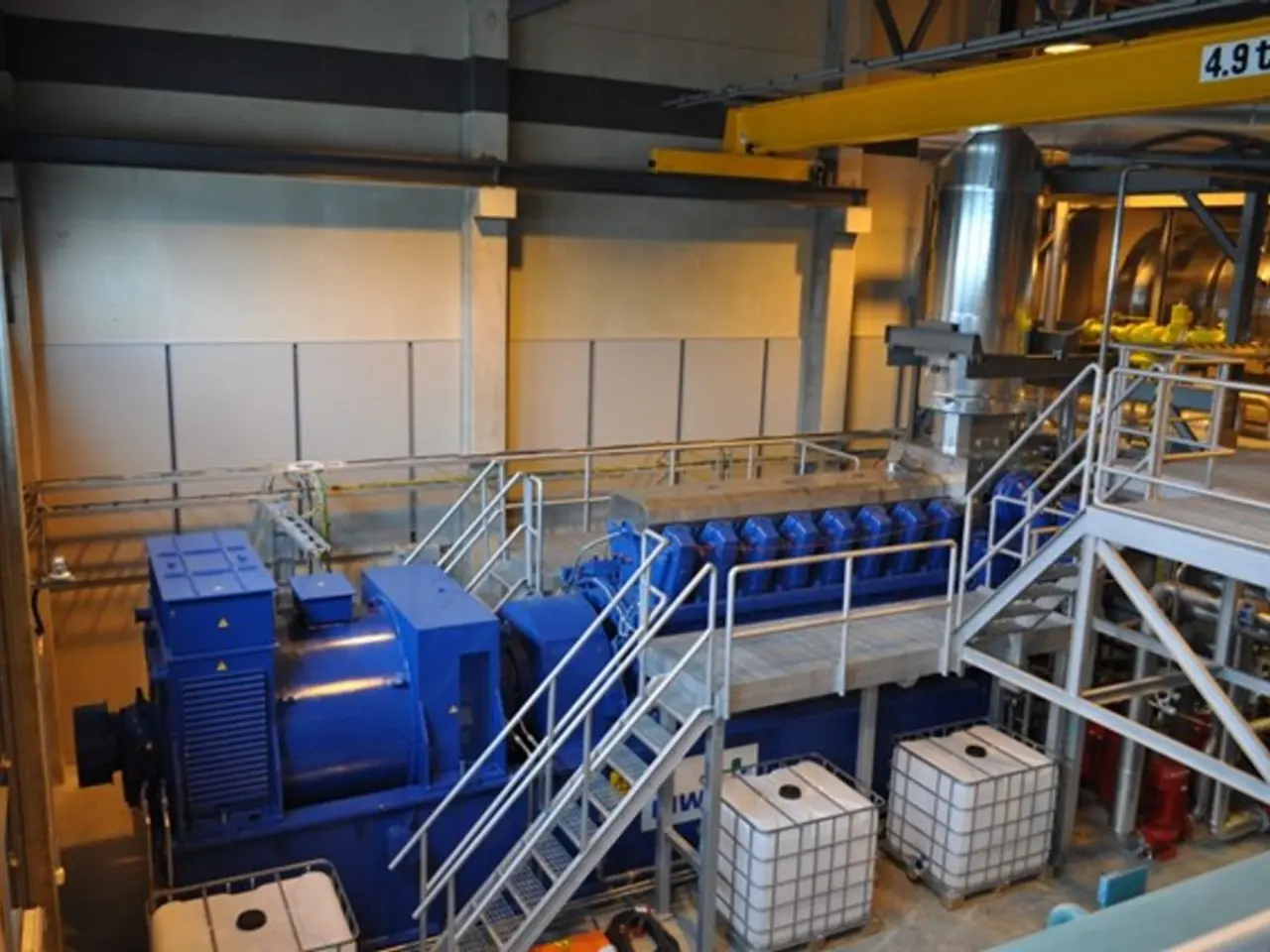Monitoring and Adhering to Inventory Par Level Thresholds: Significance and Implications
In the dynamic world of business, effective inventory management is key to success. One essential aspect of this process is Periodic Automatic Replenishment (PAR) levels, which help businesses maintain optimal stock levels and meet customer demand. Here's a guide on best practices for managing PAR levels, particularly in restaurants and retail.
**Determining Accurate PAR Levels**
Accurately calculating PAR levels is crucial. This involves considering factors such as sales velocity, lead times, and seasonality. By focusing on bestsellers or high-revenue products, businesses can avoid stockouts that could potentially reduce sales opportunities.
**Tracking Inventory Usage and Costs**
Detailed inventory tracking and cost analysis are also vital. This includes measuring consumption over a period using the formula: beginning inventory + purchases - ending inventory, comparing theoretical usage based on sales data to actual usage, and updating unit costs regularly.
**Optimising Ordering**
To optimise ordering, businesses should use their tracked usage and PAR levels to order only what is necessary, rather than restocking everything below PAR immediately. This helps reduce waste and improves cash flow.
**Automating Inventory Management and Replenishment**
Automating inventory management and replenishment can streamline procurement and avoid emergencies. This can be achieved by implementing Point of Sale (POS)-integrated systems or inventory management software that automatically adjusts inventory counts with sales and generates reorder alerts.
**Maintaining a Centralised, Consistent Inventory Database**
Standardising naming conventions and SKU codes across locations enables unified tracking and ordering. This consistency supports bulk purchasing, better supplier negotiations, and rationalisation of SKUs to focus on best-value items.
By combining these strategies, businesses can maintain optimal PAR levels, reduce costs, improve cash flow, and meet customer demand effectively. For instance, a restaurant inventory management system can help track inventory and calculate PAR levels for each item in the refrigerator or pantry. PAR levels are super helpful as they determine the lowest amount of a product that can be in stock at any given time and still meet demand, thereby avoiding both stockouts and overstocking.
In conclusion, PAR levels are a powerful tool in inventory management. By implementing these best practices, businesses can optimise their inventory, increase efficiency, and ultimately, boost their bottom line.
In the realm of business finance, understanding and applying effective PAR levels in inventory management is essential for optimizing stock levels, meeting customer demand, and increasing profitability. By meticulously considering sales velocity, lead times, and seasonality, businesses can accurately calculate PAR levels, focus on bestsellers, and avoid potential sales losses due to stockouts.




